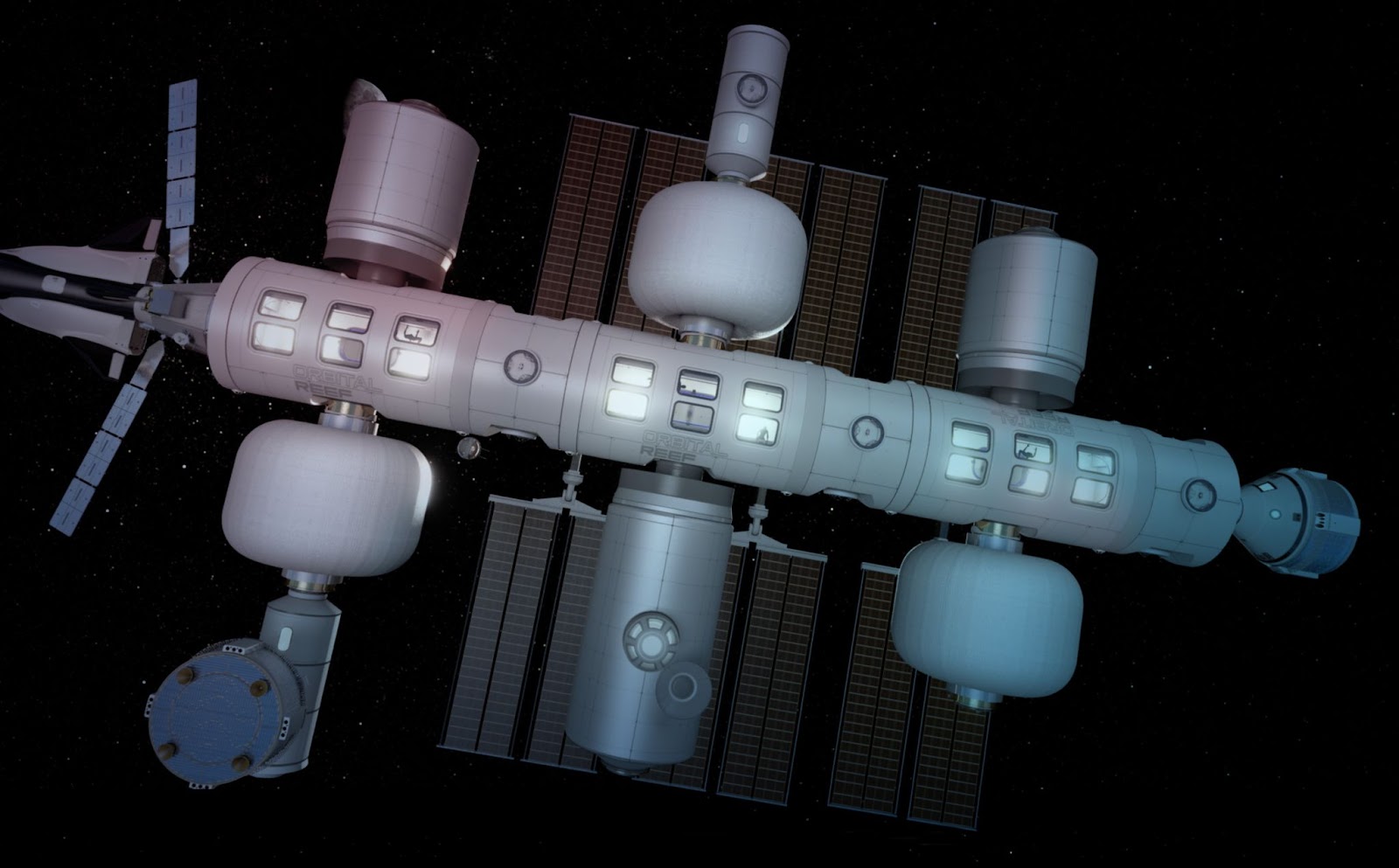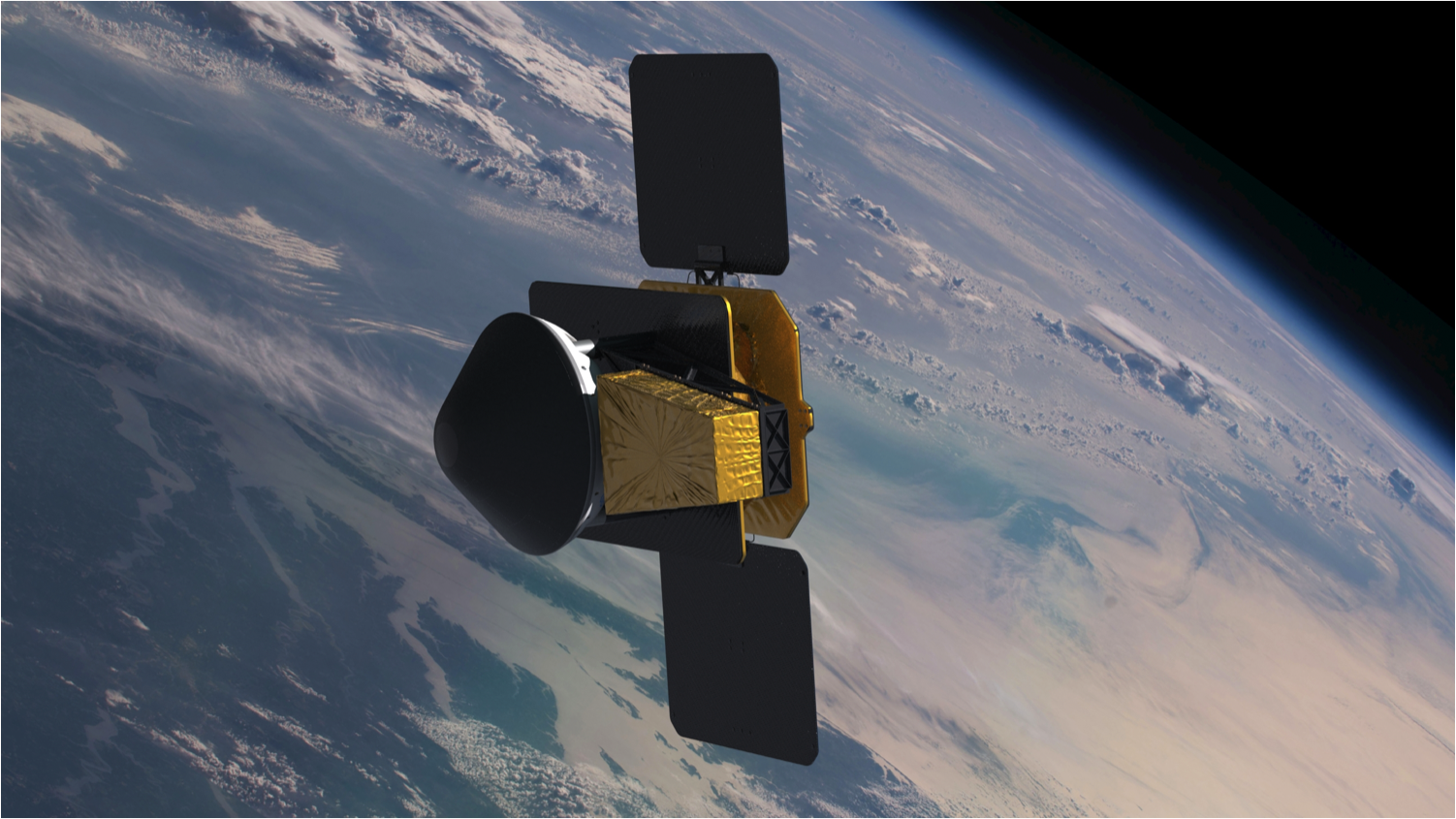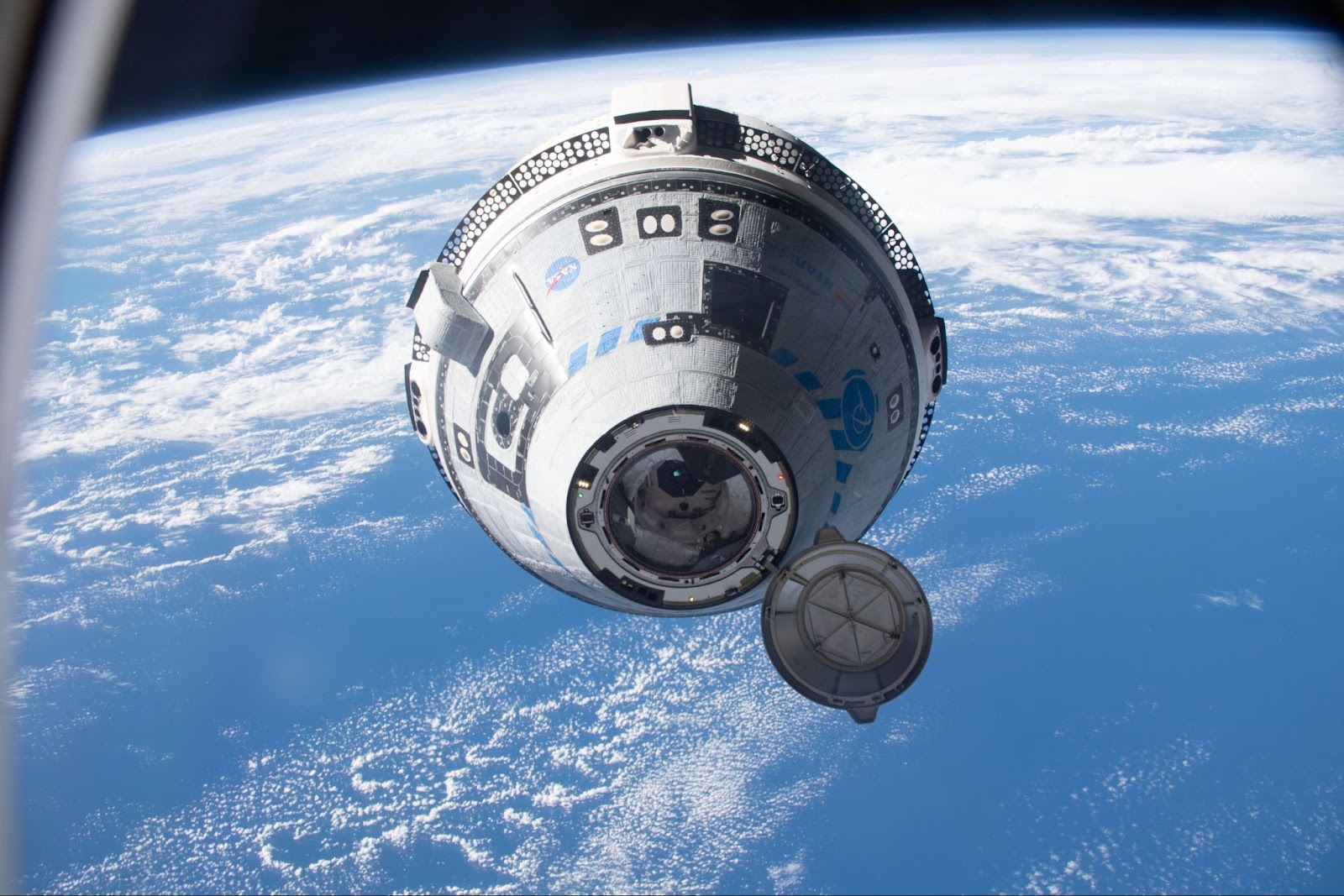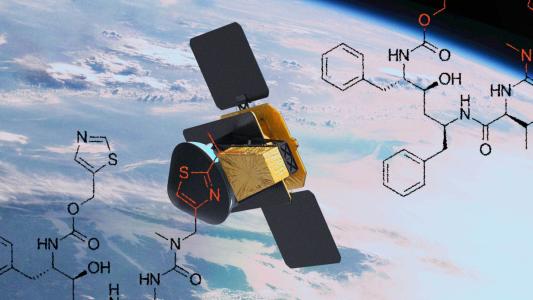This is T-Minus, where we count down the biggest developments in space, from new rocket launches to discoveries that advance our understanding of the universe and our place in it. Humanity is reaching new heights in space exploration. Make sure you’re part of the journey by subscribing here.

Bezos’ space station advances
The International Space Station has been NASA’s primary off-world lab for more than two decades, enabling research that wouldn’t have been possible otherwise. It’s starting to show its age, though, and is scheduled to be “deorbited” in 2031.
Rather than building and operating an ISS replacement, NASA is helping finance the development of several commercial space stations — if any of those get off the ground, NASA can then just rent space on it for its astronauts and research.
Jeff Bezos’ Blue Origin is developing one of those NASA-backed space stations — called Orbital Reef — and on March 20, NASA announced that its critical life support systems had passed several key tests, putting it a step closer to launch.
“These milestones are critical to ensuring that a commercial destination can support human life so NASA astronauts can continue to have access to low Earth orbit to conduct important scientific research in the unique microgravity environment,” said Angela Hart, manager of NASA’s Commercial Low Earth Orbit Development Program.


Varda hypes space drugs
We’ve been following the saga of Varda Space Industries’ “space factory” since its launch in June 2023.
The spacecraft autonomously synthesized a medicine while in orbit — an HIV drug called ritonavir — to test its potential for manufacturing specialized drugs in microgravity. The factory was supposed to return to Earth after about a month in space, but issues with regulators delayed the homecoming until February 2024.
Varda has now had time to analyze its “space drugs,” and according to a paper shared on the preprint server ChemRxiv, the experiment was a success — opening the door to more off-world, free-fall manufacturing in the future.
“Our processing hardware performed flawlessly,” tweeted Varda. “Our mission is to now enable cost-effective high-cadence access to enable next-generation therapeutics.”


Boeing’s Starliner crews up
After the Space Shuttle was retired in 2011, NASA was forced to rely on Russia to carry its astronauts to and from the ISS at a cost of about $80 million per seat. To rebuild US capacity to access space, NASA gave SpaceX and Boeing each multi-billion dollar contracts to develop new spacecraft for ISS transportation.
In 2020, SpaceX delivered on the contract, using its Crew Dragon capsule to carry astronauts to the ISS for the first time — it’s now NASA’s primary mode of ISS transportation.
Boeing hasn’t had as much success with its Starliner, though. In 2019, its first attempt at uncrewed flight ended in failure, and it didn’t try again until 2022. That flight went well, but after it, Boeing identified several issues with the spacecraft — including flammable tape and a flawed parachute system — that needed to be fixed before attempting a crewed flight.
On March 21, NASA and Boeing told reporters that Starliner is finally ready for its first crewed flight test, which has a target launch date of May 1. If it goes well, NASA will have two US-based options for ISS rides.
“It’s always tough to fly into space,” said Steve Stich, NASA’s Commercial Crew Program manager. “There’s always challenges with every launch vehicle and spacecraft and so for us having that second transportation system is hugely important.”

We’d love to hear from you! If you have a comment about this article or if you have a tip for a future Freethink story, please email us at [email protected].





